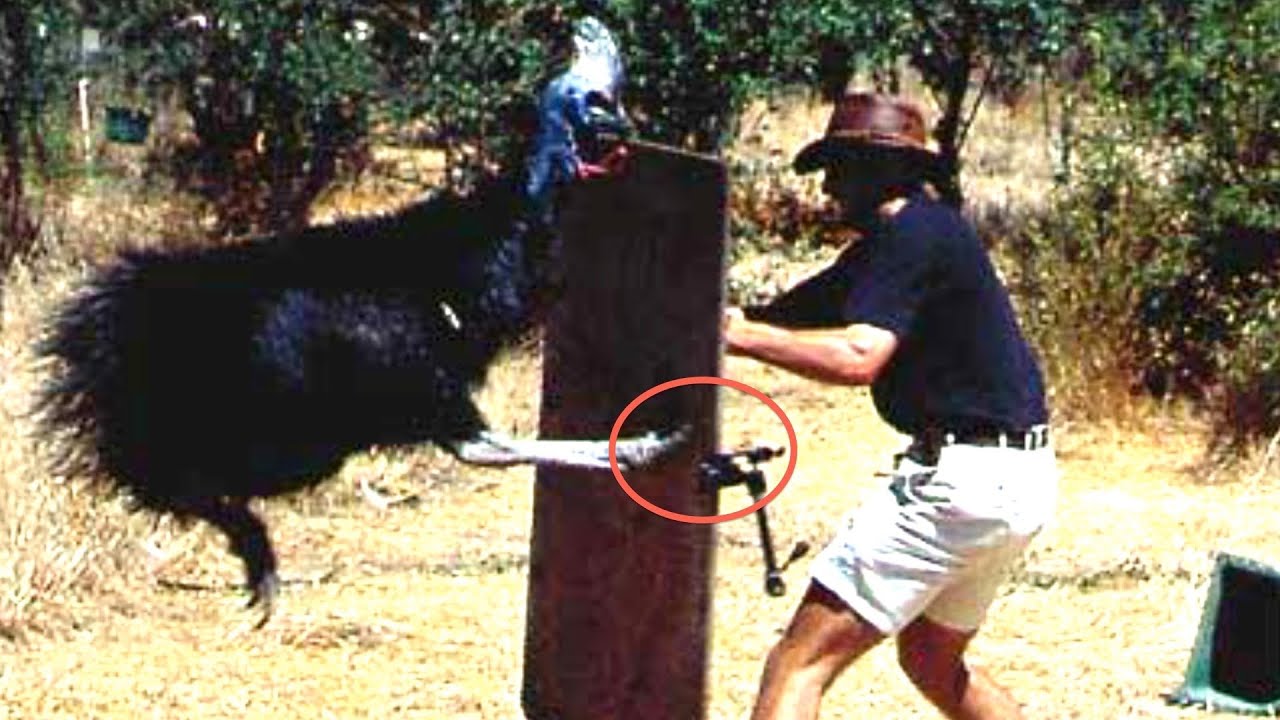Florida Man Killed by World’s Most Dangerous Bird
A Florida man was killed by "the world's most dangerous bird" last Friday, becoming one of the few known cases of death-by-cassowary in modern history.
The victim was identified as Martin Hajos, a 75-year-old man who owned a farm near Alachua, according to the Gainesville Sun. On Friday morning, Hajos was rushed to UF Health Shands Hospital "under a trauma alert," and later succumbed to undescribed injuries.
"He was doing what he loved," said a woman who claimed that Hajos was her fiance.
Emergency responders said that Hajos was killed by a cassowary, a large and flightless relative of the emu with a dangerous reputation and, most notably, weaponized feet punctuated by talons up to five inches long.
Cassowaries are ratites, belonging a group of birds characterized by their inability to fly. Native to tropical forests in Australia and New Guinea, they can reach heights of more than five feet and weigh up to 135 pounds.
"It looks like it was accidental," Alachua County Fire Rescue deputy chief Jeff Taylor told the Gainesville Sun about the incident. "My understanding is that the gentleman was in the vicinity of the bird and at some point fell. When he fell, he was attacked."
Authorities have since secured the bird on a private property.
Cassowaries are deadly, but Hajos is only the second documented person to have been killed by a cassowary. In April 1926, an Australian teenager named Phillip McClean died from throat injuries inflicted by a cassowary.
There have been at least 221 recorded non-fatal attacks, many of which boiled down to cassowaries becoming habituated to people and associating them with food. It's not uncommon for cassowaries to break into homes in parts of Queensland looking for a snack.
So the cassowary's formidable mystique is a bit unfair-and is mostly a consequence of humans approaching or pestering an animal that, yes, is capable of disemboweling you, but isn't out to murder you.
"It's obviously true that cassowaries are dangerous and that they can, and will, hurt people on occasion," Darren Naish once wrote in Scientific American. "But it's all too easy to exaggerate how dangerous they are, and we shouldn't forget that an enormous number of interactions occur that don't end in aggression or injury."
Still, cassowaries are quite lethal. Their signature move is a flying kick with dagger-like claws. The most common cassowary wounds are lacerations, punctures, and bone fractures.
 Cassowary attacking a human. Source: YouTube
Cassowary attacking a human. Source: YouTube The exact circumstances surrounding Hajos' death are unclear. A Florida Fish and Wildlife Conservation Commission (FWC) spokesperson told the Gainesville Sun that he may have been breeding them.
"They do not require a FWC license if [cassowaries] are being farmed or propagated," FWC community relations director Susan Neel told Motherboard in an email.
The agency considers cassowaries a "Class II" captive species, meaning they pose a danger to people and require "substantial experience and specific cage requirements."
There are three living cassowary species, all of which sport a "casque" or skin-covered knob on their heads. (Some studies have recently speculated that its long-mysterious purpose is to regulate body heat.) Cassowaries are mostly omnivores, scavenging fruit that's fallen to the forest floor.
Local authorities have since begun a death investigation. "Initial information indicates that this was a tragic accident for Mr. Hajos and his family," said Alachua County Sheriff's Office spokesman Lt. Brett Rhodenizer.